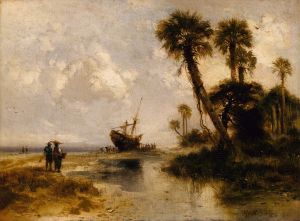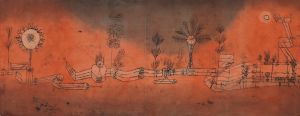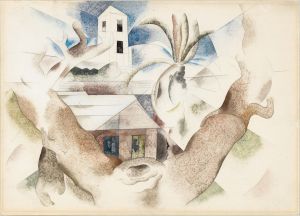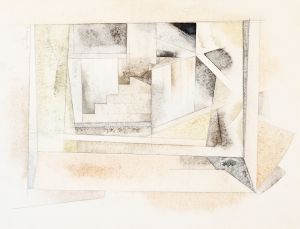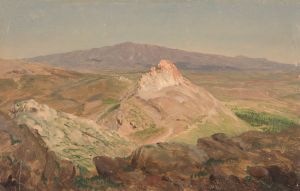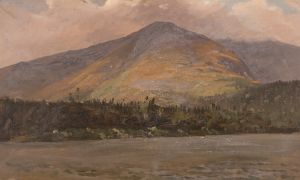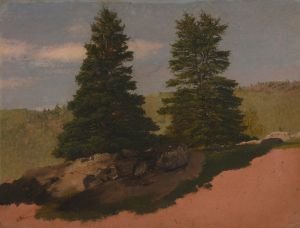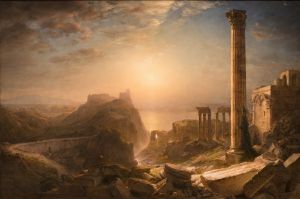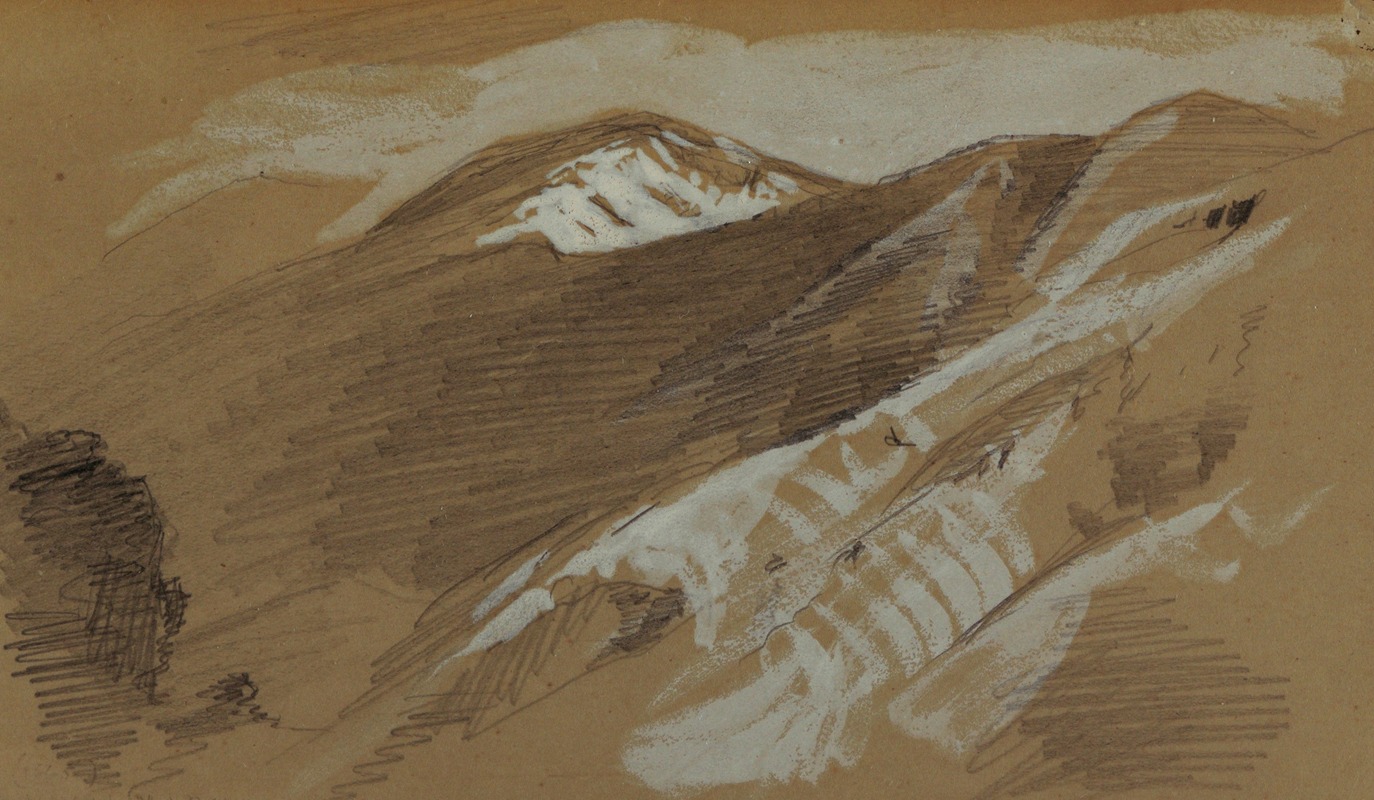
Mountain Landscape, Jamaica, West Indies
A hand-painted replica of Frederic Edwin Church’s masterpiece Mountain Landscape, Jamaica, West Indies, meticulously crafted by professional artists to capture the true essence of the original. Each piece is created with museum-quality canvas and rare mineral pigments, carefully painted by experienced artists with delicate brushstrokes and rich, layered colors to perfectly recreate the texture of the original artwork. Unlike machine-printed reproductions, this hand-painted version brings the painting to life, infused with the artist’s emotions and skill in every stroke. Whether for personal collection or home decoration, it instantly elevates the artistic atmosphere of any space.
Frederic Edwin Church, a prominent American landscape painter and a central figure in the Hudson River School, created Mountain Landscape, Jamaica, West Indies in 1865. This painting reflects Church's fascination with the natural world and his interest in capturing the grandeur and diversity of landscapes beyond the United States. Church was known for his detailed and dramatic depictions of nature, often inspired by his extensive travels.
The artwork is believed to have been inspired by Church's visit to Jamaica in 1865. During this trip, he explored the island's lush tropical environment, which provided a stark contrast to the landscapes of North America that he had previously painted. Jamaica's vibrant flora, dramatic mountain ranges, and unique light conditions offered new opportunities for Church to experiment with his artistic techniques.
Mountain Landscape, Jamaica, West Indies showcases Church's characteristic attention to detail and his ability to render the natural world with precision and luminosity. The painting captures a mountainous scene, likely depicting the Blue Mountains, which are a prominent feature of Jamaica's geography. The composition emphasizes the interplay of light and shadow, with sunlight breaking through clouds to illuminate parts of the landscape. This use of light creates a sense of depth and atmosphere, drawing the viewer into the scene.
Church's work often carried a sense of the sublime, a concept in art and philosophy that evokes awe and wonder in the face of nature's grandeur. This painting is no exception, as it highlights the majesty of Jamaica's natural beauty. The inclusion of tropical vegetation and the dramatic topography reflects Church's ability to adapt his style to new environments while maintaining his signature approach to landscape painting.
The painting was created during a period when Church was at the height of his career. By the mid-19th century, he had gained widespread recognition for his large-scale landscapes, including works such as The Heart of the Andes and Niagara. While Mountain Landscape, Jamaica, West Indies is not as widely known as some of his other masterpieces, it remains an important example of his exploration of tropical landscapes.
Today, Mountain Landscape, Jamaica, West Indies is appreciated for its artistic merit and its role in documenting Church's travels and his engagement with the natural world. The painting is part of the collection at the Yale University Art Gallery, where it continues to be studied and admired by art historians and the public alike.






